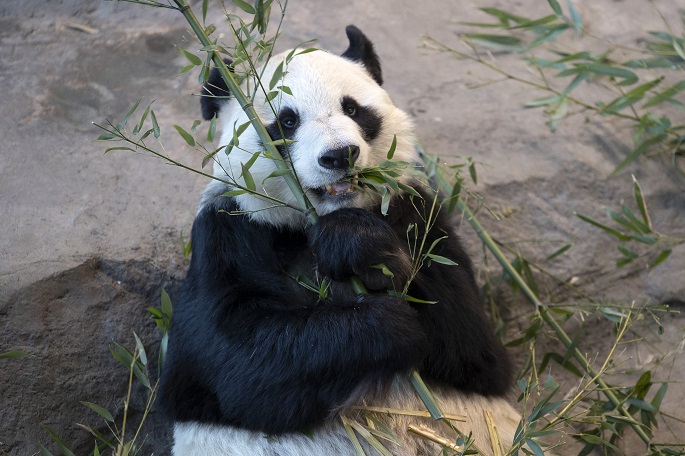Cultivating bamboo for pandas in freezing Finland
Published : 04 Mar 2024, 20:56
Updated : 06 Mar 2024, 02:18
Driven by a passion for giant pandas, Finnish agronomists are learning how to cultivate bamboo in freezing temperatures not normally conducive to growing the primary food source for these iconic animals, reported Xinhua.
In early 2018, a pair of giant pandas from China made their public debut at the Ähtäri Zoo in central Finland. It was the first time pandas had come to live in Northern Europe, and the event was met with great enthusiasm from the Finnish public.
The pandas, Hua Bao and Jin Baobao, were nicknamed "Pyry" and "Lumi" -- meaning "heavy snowfall" and "snow" -- by their hosts in Finland.
Meanwhile, two years before their arrival, a group of local farmers had taken up the challenge of growing bamboo in the Nordic country where temperatures often plummet to below 30 degrees Celsius in winter. The farmers have persevered despite setbacks, and their efforts are now bearing fruit as they have succeeded in growing bamboo in the extreme cold.
Over the years, agricultural advisor Jari Luokkakallio has become an expert on bamboo cultivation, driven by the desire to build the best possible food reserves for the pandas.
"I think the pandas prefer the bamboo that I bring them," Luokkakallio said. "It is fresh and local."
Around 50 farmers joined the bamboo cultivation project when it was first launched in 2016. "The first year was very, very hard," Luokkakallio said. "When the temperature dropped to minus 30 in November and December, we lost every single bamboo plant."
The next year, the farmers started all over again, he said. "And we came to understand that we had to better protect the bamboo."
Looking back on such experiences, Luokkakallio stressed that it was important to adopt techniques suitable for Finland's climate. For example, snow can be used as a natural insulator for bamboo plants.
When Luokkakallio learned that bamboo grows in China's cool, humid mountainous areas, he was convinced it could also grow in snowy Finland.
"The snow actually provides the best protection for the bamboo, an evergreen plant," Luokkakallio said. Covering bamboo with snow ensures adequate moisture for the leaves, he said, so that they remain green and fresh.
By conducting experiments and learning from mistakes, Luokkakallio said he discovered Finland-specific ways to protect bamboo, which is crucial for sustaining the pandas' diet locally.
Finland's local bamboo production currently makes up just a fraction of the food supply for the two giant pandas, providing an alternative in the event that extreme situations could hinder imported bamboo from arriving in time.
"Growing bamboo is our hobby, not a business," Luokkakallio said, adding that he and his colleagues are delighted to be able to provide some backup food reserves for the lovely pandas in Ahtari. "My grandsons are also very proud of me because what I'm doing for the two pandas is special."


